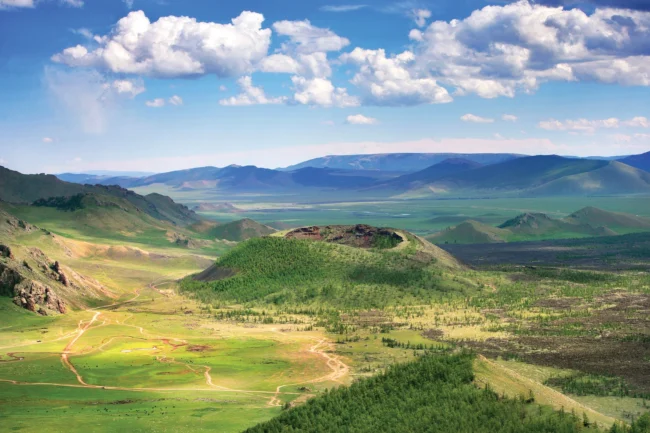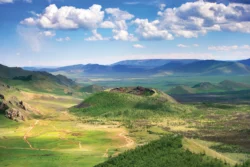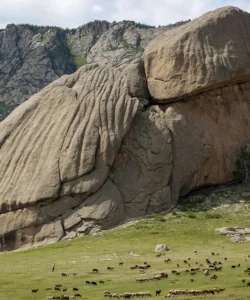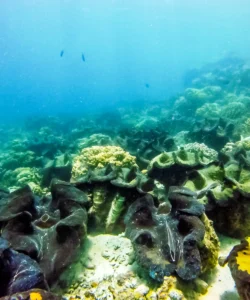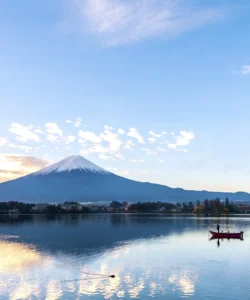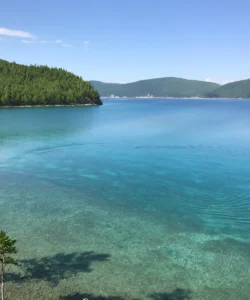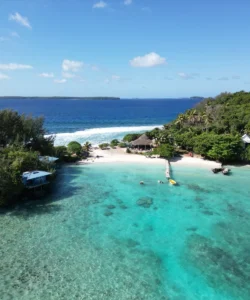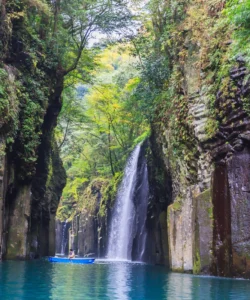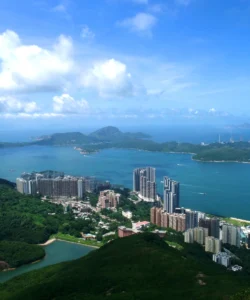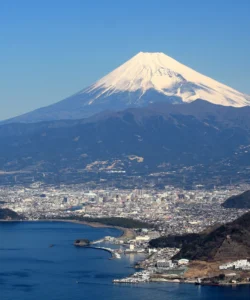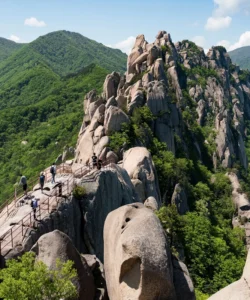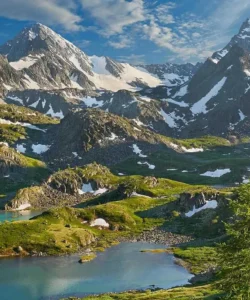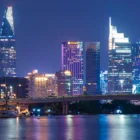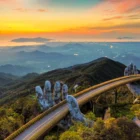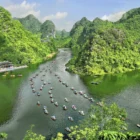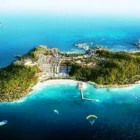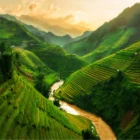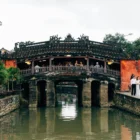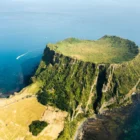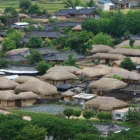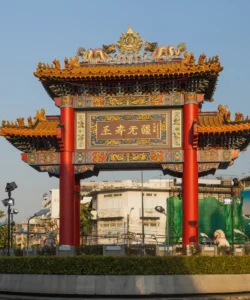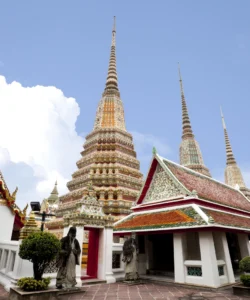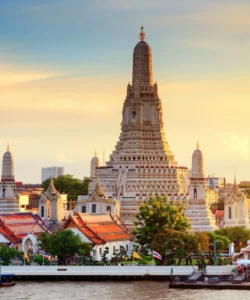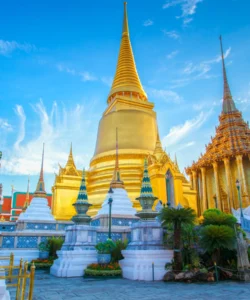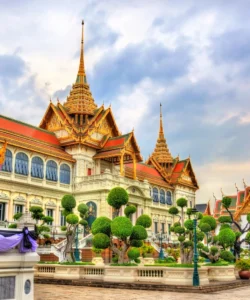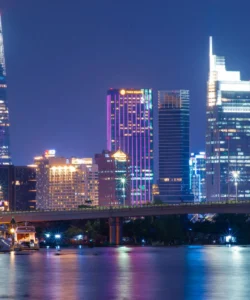Terkhiin Tsagaan Nuur National Park, often simply called Khorgo-Terkhiin Tsagaan Nuur National Park, is a captivating protected area in central Mongolia’s Arkhangai Province. It’s a landscape sculpted by ancient volcanic activity, featuring a stunning freshwater lake, a dramatic extinct volcano, and a unique blend of geological wonders and nomadic culture. The name “Terkhiin Tsagaan Nuur” translates to “White Lake of the Terkh River,” aptly describing its pristine waters.
Name: Terkhiin Tsagaan Nuur National Park (Хорго-Тэрхийн Цагаан Нуур Байгалийн Цогцолбор Газар; Khorgo-Terkhiin Tsagaan Nuur National Park)
Address: Tariat soum (district), Arkhangai Province, Mongolia. The lake is located approximately 670 km (416 miles) northwest of Ulaanbaatar and about 180 km (112 miles) from Tsetserleg, the provincial capital of Arkhangai.
How to get there:
Reaching Terkhiin Tsagaan Nuur National Park involves a significant journey due to its central location:
- Organized Tour: The most popular and convenient way for international visitors is to join a multi-day tour from Ulaanbaatar. These tours typically include a 4×4 vehicle, a driver, a guide, and accommodation in ger camps, covering the journey and exploration of the park.
- Fly to Mörön/Tsetserleg, then drive: You can fly from Ulaanbaatar to Mörön (the capital of Khövsgöl Province) and then arrange a car/taxi to drive to the park (approx. 6-7 hours). Alternatively, some may fly to Tsetserleg and then drive the remaining distance.
- Overland Drive: For the adventurous, driving directly from Ulaanbaatar by 4×4 is an option, often taking 9-10 hours of driving over partially unpaved roads. This is usually part of a longer central Mongolia itinerary.
Landscape and Architecture:
Terkhiin Tsagaan Nuur National Park boasts a distinctive landscape born from ancient volcanic activity:
- Terkhiin Tsagaan Nuur (White Lake): The centerpiece of the park. This beautiful freshwater lake, roughly 16 km long and 4-10 km wide, was formed thousands of years ago when lava flows from the Khorgo volcano dammed the Suman River. Its waters are clear and often reflect the sky, giving it its “white” appearance. It sits at an elevation of 2,060 meters (6,760 feet) above sea level.
- Khorgo Volcano: An extinct volcano located east of the lake. It’s a prominent cinder cone, about 2,240 meters (7,350 feet) high, with a well-defined crater that is approximately 200 meters in diameter and 70-80 meters deep. Visitors can hike to its rim for panoramic views of the surrounding volcanic landscape and the lake.
- Volcanic Formations: The area around Khorgo volcano and the lake is characterized by unique solidified lava flows, basalt pillars (sometimes called “basalt yurts” by locals), and lava caves, creating a rugged and fascinating geological terrain.
- River Valleys: The Suman River originates from the lake, and the Chuluut River, with its dramatic canyon, flows nearby. These river valleys provide lush contrasts to the volcanic rock.
- Forest and Steppe: The landscape transitions from mountainous areas with sparse larch and pine forests to rolling grasslands and steppe, providing diverse habitats.
- Ger Camps: Throughout the park, numerous ger (yurt) camps serve as tourist accommodations, offering a chance to experience nomadic lodging amidst the natural beauty. These traditional circular tents are the primary form of “architecture” within the wilderness areas.
What makes it famous:
Terkhiin Tsagaan Nuur National Park is famous for:
- Volcanic Landscape and Lake: The dramatic interplay between the extinct Khorgo volcano and the beautiful Terkhiin Tsagaan Nuur, formed by the volcano’s ancient eruption, is its defining feature.
- Unique Geological Formations: The solidified lava fields, basalt columns, and lava caves around Khorgo provide a rare opportunity to explore the aftermath of ancient volcanic activity.
- Hiking and Exploration: Climbing the Khorgo volcano offers accessible hiking with rewarding views. Exploring the lava fields and caves provides an adventurous experience.
- Nomadic Culture and Horse Riding: Like much of Mongolia, the park offers opportunities to interact with nomadic families, stay in ger camps, and experience traditional horse riding and fishing in the lake.
- Rich Biodiversity: The park is home to a variety of wildlife, including various bird species (many migratory waterfowl on the lake), Siberian marmots, deer, and some predators like wolves.
Differences from some other wonders:
Terkhiin Tsagaan Nuur National Park offers a distinct experience compared to other natural wonders:
- Volcanic-Lake Combination: While many national parks feature lakes (e.g., Lake Khövsgöl) or volcanoes (e.g., Mount Fuji), Terkhiin Tsagaan Nuur National Park is particularly renowned for the direct and visible geological connection between a large, serene lake and the very volcanic eruption that formed it. This symbiotic relationship between fire and water is a unique highlight.
- Accessibility of a Major Extinct Volcano: The Khorgo volcano’s crater is relatively accessible to hike to and walk around, allowing visitors to directly experience a significant volcanic feature, which isn’t always the case for volcanoes in other parks.
- Blend of Pristine Nature and Geological Drama: It offers the pristine beauty of a high-altitude freshwater lake combined with the rugged, almost alien landscape of recent volcanic activity, creating a dramatic visual contrast.
- Nomadic Presence in a Volcanic Setting: While nomadic culture is a feature of much of rural Mongolia, experiencing it specifically within a landscape shaped by powerful geological forces adds another layer to the cultural immersion.
- Relatively Untouched by Mass Tourism: Compared to globally famous natural wonders or more heavily visited Mongolian sites like Terelj, Terkhiin Tsagaan Nuur still retains a strong sense of wildness and tranquility, offering a more authentic and less crowded wilderness experience.
Terkhiin Tsagaan Nuur National Park is a striking testament to Mongolia’s diverse natural beauty, blending the serene allure of a highland lake with the raw power of ancient volcanic forces, all set within the enduring landscape of nomadic life.
